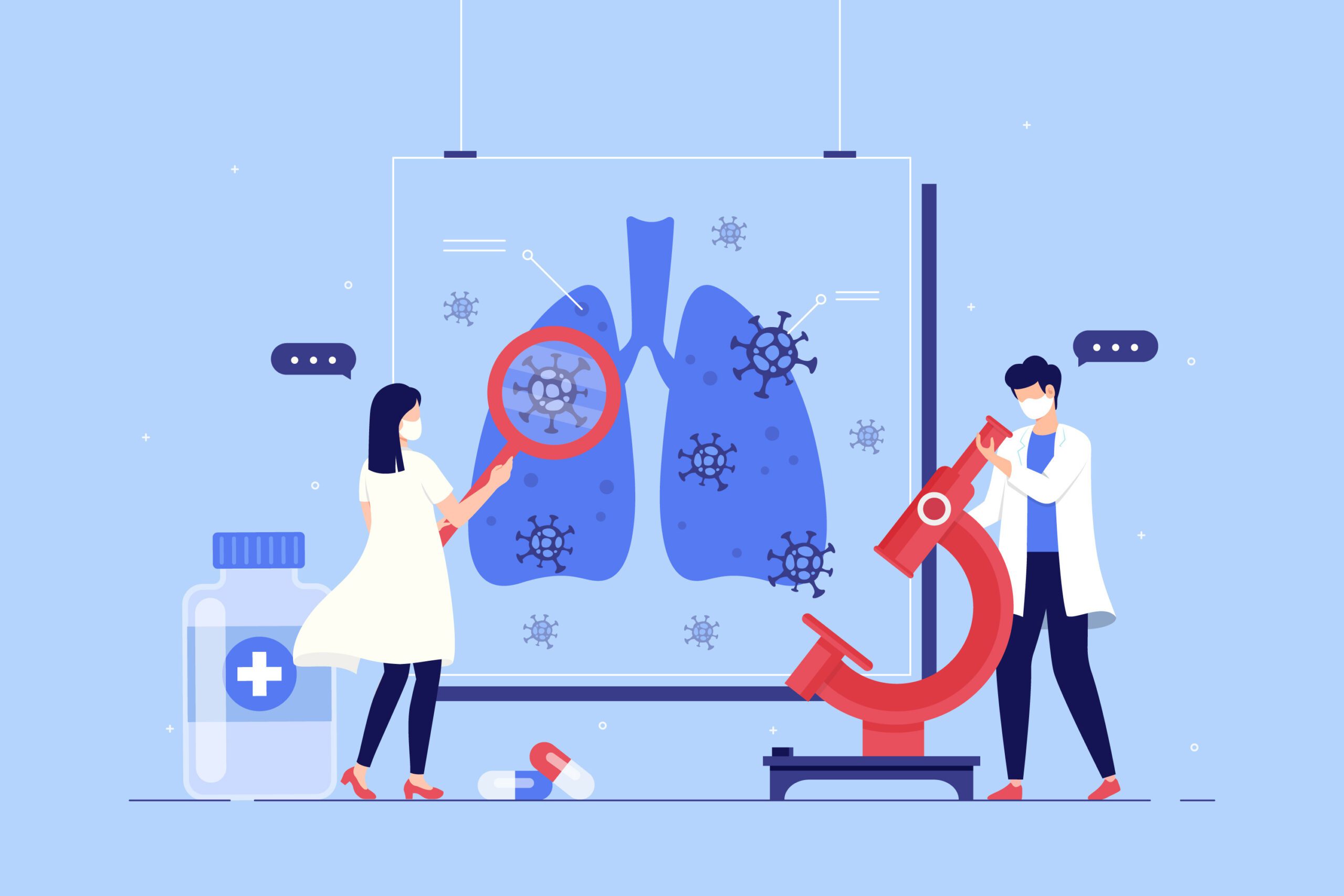Tuberculosis, or TB, is an infectious disease caused by bacteria called Mycobacterium tuberculosis. It primarily affects the lungs called pulmonary TB. It can also affect other parts of the body like the kidneys, spine, and brain called extra pulmonary TB. TB is a serious disease and can be life-threatening if left untreated. So, what exactly causes TB, and what are the symptoms and risk factors to watch out for?
Let’s start with the cause. TB is spread from person to person through the air, much like cold or flu. When someone with TB coughs or sneezes, they release tiny droplets into the air that contains the bacteria. If you breathe in these droplets, the bacteria can enter your lungs and they start to grow. From there, it can spread throughout your body. Not everyone who inhales the TB bacteria will get sick. In fact, most people who are infected with TB bacteria will never develop the disease.
SYMPTOMS OF TB
TB symptoms can be mild to severe and can develop gradually or suddenly. The most common symptom of TB is a persistent cough that lasts for more than three weeks. Other symptoms can include:
- Chest pain
- Coughing up blood or sputum (a mixture of saliva and mucus)
- Fatigue
- Fever and night sweats
- Loss of appetite
- Weight loss
TB can also affect other parts of the body besides the lungs. If TB affects the kidneys, for example, it can cause blood in the urine and pain in the back. If TB affects the spine, it can cause back pain and difficulty moving.
It is important to note that not everyone who is infected with TB bacteria will have symptoms. This is known as latent TB infection. People with latent TB infection do not feel sick, do not have symptoms, and cannot spread TB to others. However, they may develop TB disease in the future if they do not receive treatment.
RISK FACTORS FOR TB
TB can affect anyone, but some people are more at risk than others. Here are some common risk factors for TB:
- Weakened immune system: People with weakened immune systems are more at risk of developing TB. This includes people living with HIV, people who had an organ transplant, and people who are taking certain medications like corticosteroids.
- Age: TB is more common in older adults and young children.
- Living or working in crowded or unsanitary conditions: TB is more common in places where people live or work in close quarters, like prisons, nursing homes, and homeless shelters.
- Tobacco use: Smoking tobacco can increase the risk of developing TB.
- Malnutrition: People who are malnourished are more at risk of developing TB.
So, what can you do if you think you have TB?
Seek medical attention and undergo relevant laboratory and radiological tests as advised.
If you are a TB patient, don’t worry! There are treatments available that can help you get better. TB is typically treated with a combination of antibiotics that you’ll need to take for several months. It’s important to take all of your antibiotics exactly as prescribed, even if you start feeling better before you’ve finished them all.
In some cases, people with TB may need to be hospitalized to receive more intensive treatment. This is more likely if you have a more severe case of TB, if you have other health conditions that make TB more dangerous, or if you are not able to take your antibiotics as directed.
In summary, understanding the causes, symptoms, and risk factors of TB is essential to preventing its spread and ensuring timely diagnosis and treatment. It is crucial to raise awareness about TB, particularly in high-risk populations, to reduce the burden of this disease on individuals and communities.





